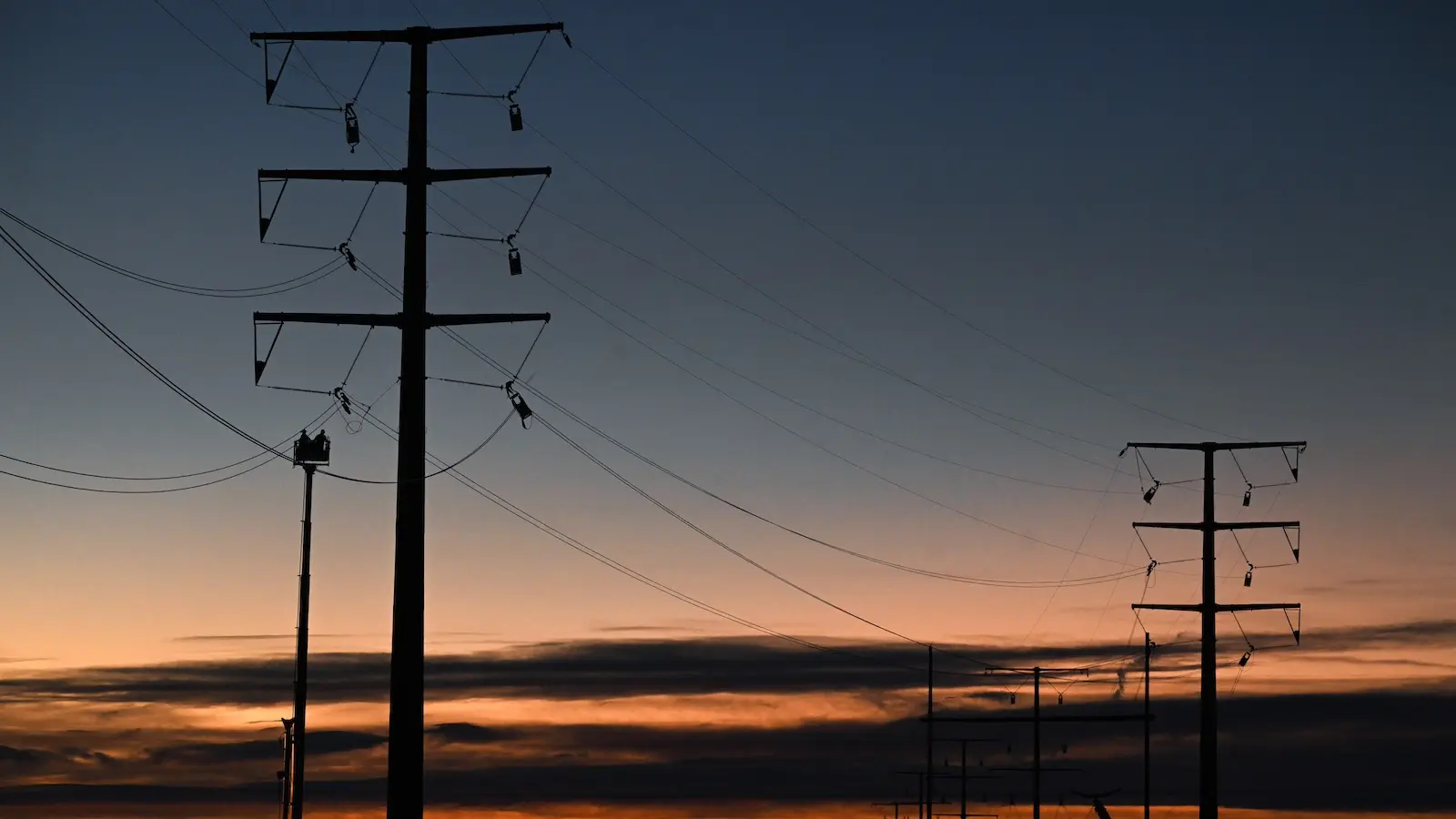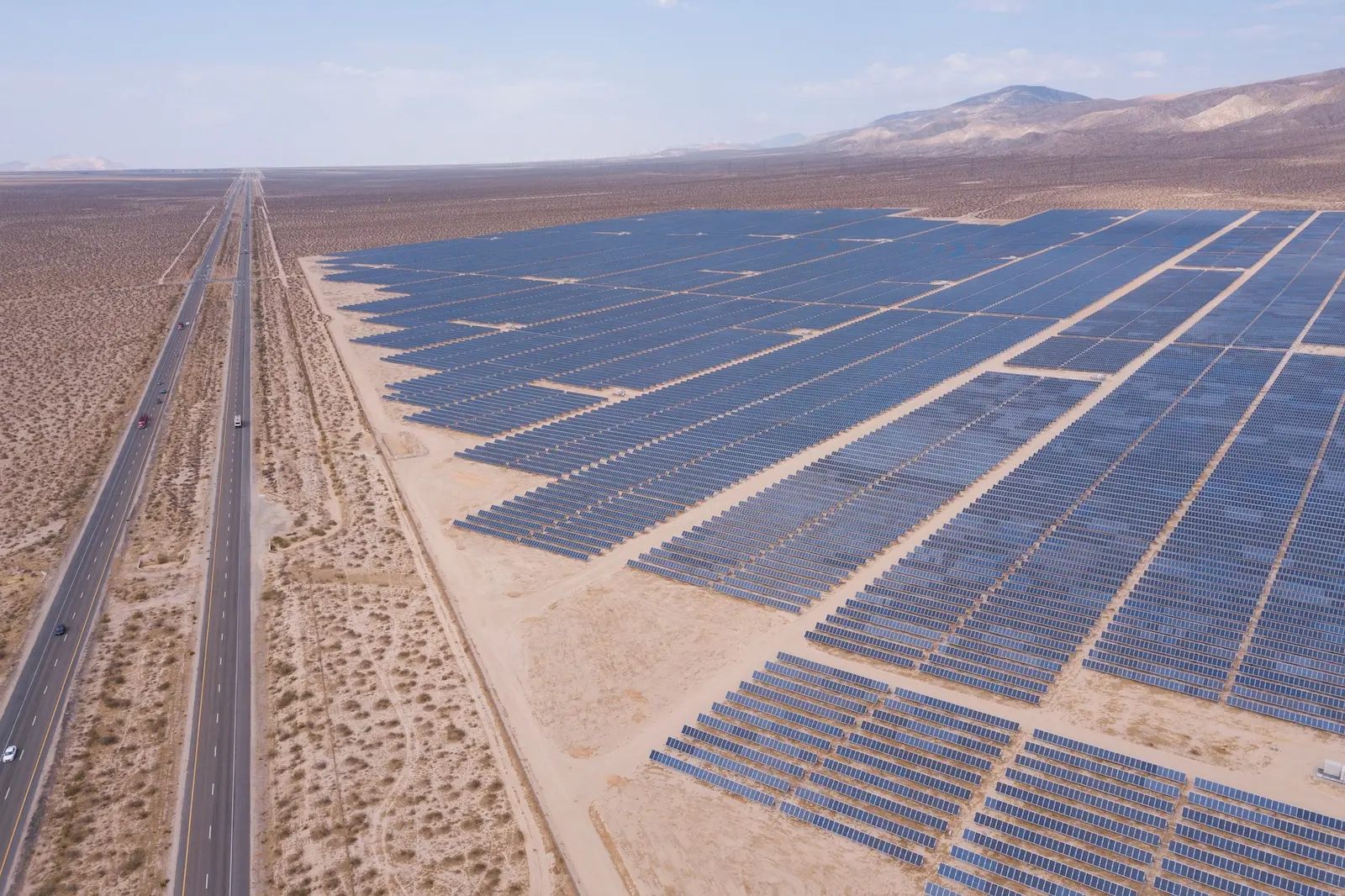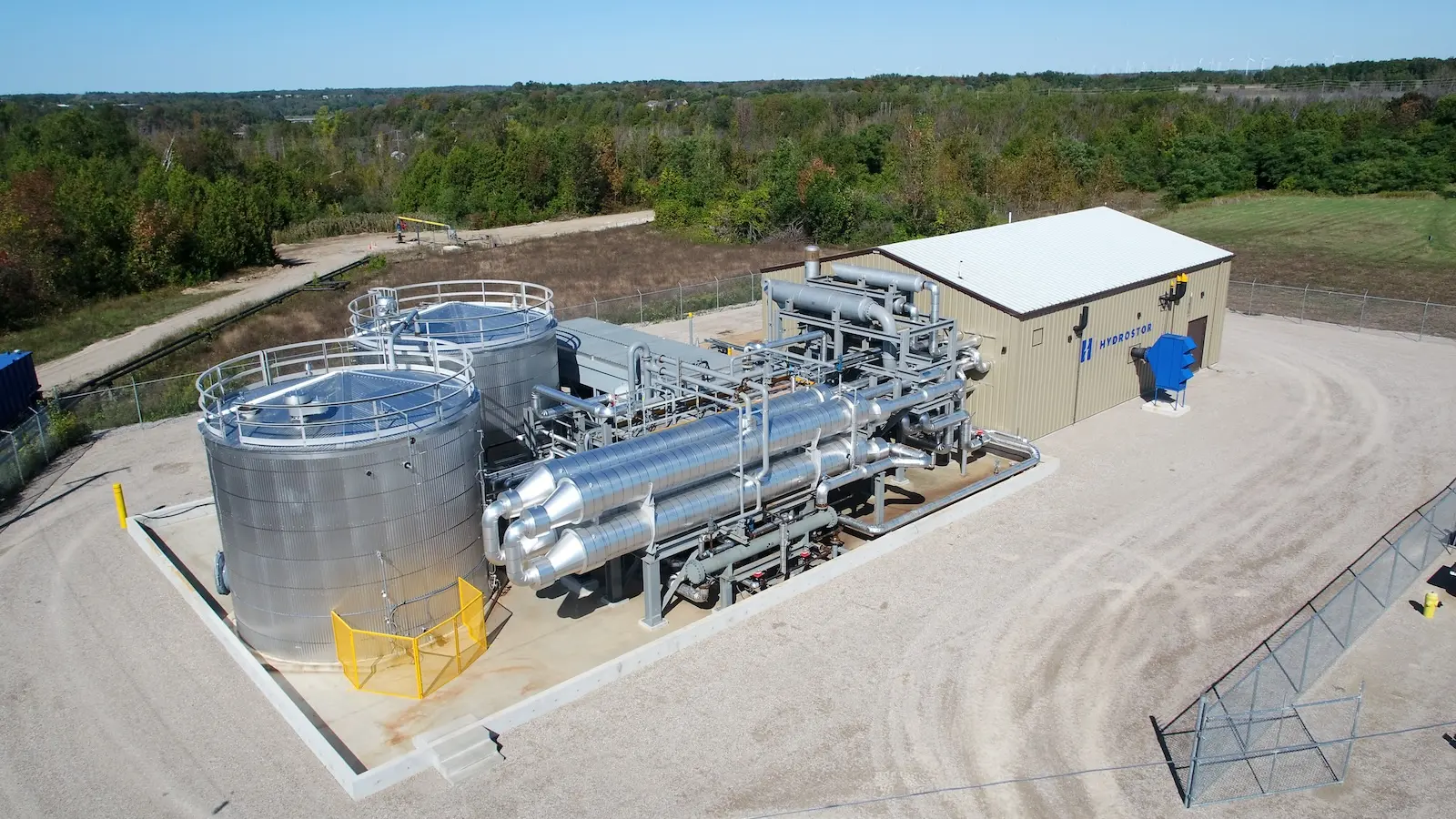As temperatures dipped well below freezing last month in Asheville, North Carolina, the heat pumps at Sophie Mullinax’s house hummed along, keeping up just fine.
The fact she was warm inside without a gas furnace while the outdoor temperature read 9 degrees Fahrenheit reaffirmed a core belief: “Electrification is better in almost every way you slice it.”
Mullinax is chief operating officer for Solar CrowdSource, a platform that connects groups of customers with solar panels and electric appliances. Since last spring, the company has been preparing for North Carolina’s first-ever statewide incentives for switching out gas stoves and heaters for high-efficiency electric versions.
The Energy Saver North Carolina program, launched in mid-January, includes more than $208 million dollars in federally funded rebates to help low- and moderate-income homeowners make energy-saving improvements, including converting to electric appliances.
“The electric counterpart to every single fossil-fuel technology out there does the same job better,” Mullinax said, and “has a lower impact on the climate, is healthier, and often saves money.”
Solar CrowdSource, which has partnered with the city of Asheville and Buncombe County to help meet the community’s climate goals through electrification, expects the rebate program to make its task easier.
Still, questions remain about the federally funded inducements, including — perhaps most urgently — whether they can survive President Donald Trump’s unilateral assault on clean energy.
‘The largest and the first’
The state’s new incentive program stems from the Inflation Reduction Act, the 2022 federal climate law that unleashed nearly $400 billion in federal spending on clean energy and efficiency — and which is now embattled by a flurry of Trump edicts.
While much of the climate law directs incentives to large, utility-scale wind and solar projects, the $8.8 billion home-rebate program is designed to curb planet-warming emissions house-by-house, where there is vast potential for improving efficiency and shifting to electric appliances.
Studies estimate that roughly 35 percent of home energy use is wasted — lost to inefficient heating and cooling systems and appliances, air leaks around windows and doors, and poorly insulated walls. That’s especially true in states like North Carolina, where building energy conservation codes are woefully outdated.
While homes in North Carolina rely less on fossil fuel appliances than in other parts of the country, they still contribute to climate change. About a third are heated with fuels other than electricity, per the U.S. Census Bureau. According to the Energy Information Administration, some 15 percent use gas for cooking. In all, state officials estimate that households that burn gas, propane, and other fuels account for 5 percent of the state’s net greenhouse gas pollution.
Both energy waste and the rising cost of fossil fuels — whether burned directly in the home or in Duke Energy power plants — contribute to the state’s energy burden. Some 1.4 million North Carolinians pay a disproportionately high fraction of their income on energy bills, according to the state’s latest Clean Energy Plan.
But though the state has long deployed federal weatherization assistance to its lowest-income households, there’s little precedent here for a widespread nudge to electrification, either through carrots or sticks.
Unlike dozens of municipalities around the country, no local government in North Carolina has moved to limit residential hookups for gas; most legal analysts say they lack the power to do so. In 2023, the state legislature made doubly sure of that with a law banning local bans on new gas appliances or connections.
Meanwhile, a decades-old state rule barring ratepayer-funded utility promotions that could influence fuel choice has prevented Duke from offering much in the way of carrots. While shareholders could pay for rebates, they have little motive to do so: Duke acquired Piedmont Natural Gas, the state’s predominant gas utility, in 2016.
For years, Duke has offered incentives, carefully calibrated not to run afoul of state rules, for builders to construct more efficient homes. The latest iteration of those ratepayer-backed inducements is under $2,000 per home. By contrast, the new statewide rebates for upgrading to electric appliances cap out at $14,000 apiece.
“This is the largest and the first program in the state that is truly incentivizing fuel switching,” said Ethan Blumenthal, regulatory counsel at the North Carolina Sustainable Energy Association.
A second program within Energy Saver North Carolina offers rebates of up to $16,000 to homeowners who add insulation, plug air leaks, and make other improvements, so long as an audit shows the measures will reduce energy use by at least 20 percent.
In both cases, North Carolina officials are aiming the incentives at low- and moderate-income households. Those earning less than 80 percent of the area’s median income — about $70,000, depending on the county — get projects for free, and those earning up to 150 percent of the median get a 50 percent rebate.
“That was a choice. The federal government did not require it to be a specifically low- to moderate-income program,” said Claire Williamson, energy policy advocate at the North Carolina Justice Center. Yet, she added, the administrations of former governor Roy Cooper and current governor Josh Stein have “made sure that these funds are going to people who need them the most.”
‘Very optimistic about this program’
Like Solar CrowdSource, the North Carolina League of Conservation Voters has awaited the new rebates for months. Meech Carter, clean energy campaigns director at the group, has been handing out flyers, holding information sessions with legislators and community leaders, and setting up an online clearinghouse for homeowners to explore available incentives.
“Every time I present on the website and what resources are out there, I get so many questions on the rebate program,” Carter said, “especially for replacing gas appliances, propane heaters, and transitioning folks to cleaner sources and more energy-efficient sources.”
Costs and climate concerns are factors, she said, but so is health. Just like fossil fuel–burning power plants and cars, gas stoves and furnaces emit soot and smog-forming particles. A growing body of evidence shows that these pollutants get trapped indoors and far exceed levels deemed safe.
Now that the rebate program has launched, Carter has dozens of people statewide to call back and assist, including 25 in Edgecombe County’s Princeville, the oldest town in the country chartered by Black Americans.
Edgecombe is among the state’s most impoverished counties, making it a prime candidate for the new rebates. “Considering North Carolina’s energy landscape,” Carter said, “we are very optimistic about this program.”
‘Continuous improvement’
Yet even champions for the program acknowledge they have questions about its deployment. Despite the immense need, it’s hard enough to expend weatherization assistance money due to distrust in government programs, a dearth of qualified contractors, and other hurdles. Those funds, intended for the state’s lowest-income households, total roughly $38 million per year at the moment, after a big infusion from Congress, according to state officials. The new rebates, if evenly distributed over five years, would more than double that with another $41.6 million annually.
“This is larger than the weatherization assistance program,” said Williamson. “There are many contractors out there, but I think there is going to be a big lift to get people trained.”
Announcing the program last month, Governor Stein stressed that new contractors and other workers would follow.
“[The Department of Environmental Quality] estimates that the program will support over 2,000 jobs across our state,” Stein said at the launch event. “I’m also eager to see the workforce development opportunities that will come.”
Asked how historically disadvantaged communities could benefit from such opportunities, department spokesperson Sascha Medina said over email, “We have planned this program to launch and ramp up for continuous improvement. We will be focusing our marketing to contractors in high energy burden and storm impacted areas first and will expand from there.”
Still, the counties most devastated by Hurricane Helene, like Buncombe, aren’t first on the program’s outreach list. The department’s analysis of statewide energy burdens led it to choose Halifax County in the eastern part of the state along with Cleveland County, in the foothills.
“The hurricane-affected areas add a layer of complexity to the program, because the rebate programs cannot duplicate money that has been awarded to households through other recovery funding sources,” Medina said. “As we roll out the program, we will continue to work with our partners in the affected areas and receive guidance from the U.S. Department of Energy.”
That guidance from a Trump-led Department of Energy could imperil the success of the rebates more than any other factor. While the president rescinded his widely panned memo halting virtually all federal government spending, his first-week orders targeting Biden-era clean energy spending appear to remain in force.
The fact that the federal government signed contracts with the state in accordance with a law passed by Congress should shield North Carolina’s Energy Saver rebate program from harm, Department of Environmental Quality Secretary Reid Wilson said at the launch.
“This is finalized. This is done,” Wilson said.





